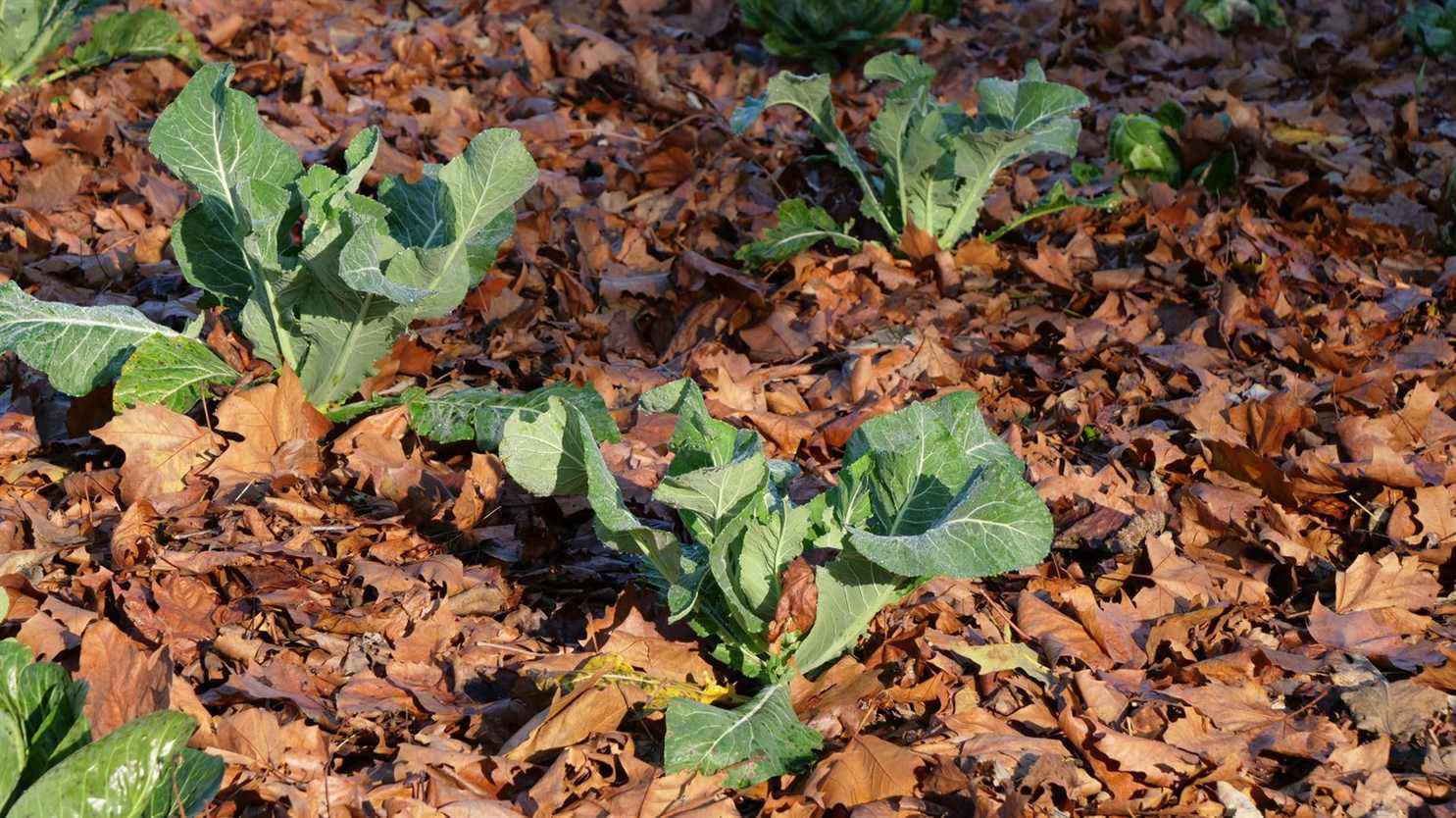To preserve and nourish the soil, nothing better than mulching. You must not mulch your soil with just anything!
At this time, do not throw away your dead leaves. Even offer your neighbors to pick up theirs. Spread these leaves in the flower beds. They protect your plants from the cold, decompose and nourish the soil.
If you have any left over, put them in a pile somewhere in your yard. Stir from time to time. In about 18 months, you will obtain a compost of exceptional quality for your plantations.

Homemade mulching with mulch from branches or tree stems is also very effective.
Be careful, you should not use just any wood, specifies Amélie Tura from the Atelier du Végétal nursery in Dordogne: “The ideal is to use birch, hazel, maple, hornbeam … You can also use shrub pruning waste such as chalef (Eleagnus) that we do not stop pruning so quickly it grows!
Three woods should be used in small quantities: conifers, chestnut and Oak. The latter two contain a lot of tannins which inhibit the growth of plants. “
“In a shredded material, you should not put more than 20 to 25% of pine, oak and chestnut waste.”
Amélie Tura, nurserymanto franceinfo
Never mulch all your flower beds with large bags of pine bark. These pine bark acidify the soil. When we abuse it, we can even unbalance an ecosystem. Your garden certainly doesn’t need this.
In addition, it is an expensive product, which does not nourish the soil and degrades at a snail speed regardless of its particle size.
Gravel can also be used to make mineral mulch. Precision, we are not talking about mineral gardens: “A mineral garden, what a horror! You can’t make a garden with pebbles … On the other hand, gravel is useful as a mulch to protect the foot of plants in dry land (such as agaves, yuccas …) which fear humidity.
Mineral mulch is very useful for gardeners who live in areas with cool soil but want to have and keep a few plants from dry land. It suffices to place a mulch of gravel about 2 cm thick around the foot of the plant. “
– Dead leaves: use more than recommended.
– White wood and shrub waste: everything can be crushed and spread in the garden.
– Oak, chestnut, conifers: in small doses, no more than 25% to integrate into the mash.
– Pine bark: avoid!
– Pebbles, gravel: to be used 2 cm thick at the foot of plants in dry land which fear humidity.
